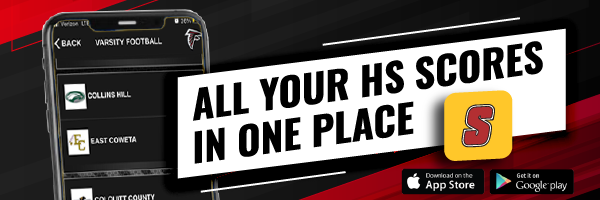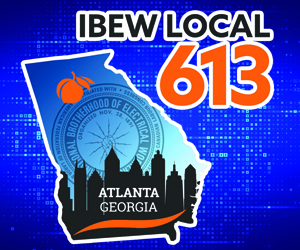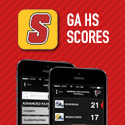A frequently misconstrued aspect of the game of basketball is the difference between a charge and a block. The misconception of the rule is that the defender needs to have his feet set in the lane in order to draw a charging call but, according to senior official Ray McClure, that is where the confusion lies.
“The defender has to obtain a legal guarding position,” McClure said. “And it takes a split second to do that, meaning he has to have both feet on the floor facing the opponent.” As long as the legal guarding position is maintained, the defender can essentially do anything legal, except cause the contact, which may mean that both feet may not be set on the floor.
“If the defender, who is in the maintaining mode, did not cause the contact, and it’s so obvious who caused the contact,” McClure continued. “Then the foul must be on the offense.” From McClure’s point of view, the accuracy of these charging or blocking calls would be considerably higher if this philosophy was consistently followed.
Another issue that tends to arise from the fan’s perspective is if there is a certain point in the game where the official may call the game a certain way in favor to a particular side. “We cannot have officials officiating the game by the seat of their pants or for their feel of the game, or having a call selection, and it’s just inappropriate,” said McClure.
The education of the officials is really what determines how a game is called and if there is a true understanding of the rules involved in the decision-making of the officials.






















































